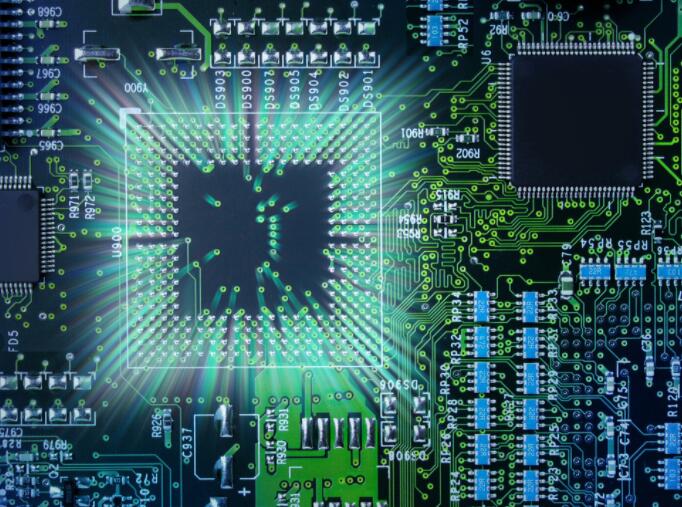The main technical requirements are as follows:
PCB size requirements, including circuit board size and deviation, thickness and deviation, perpendicularity and warpage; appearance, including cracks, scratches, burrs and delamination, aluminum oxide film, etc.; performance, including peel strength, surface resistivity, minimum Breakdown voltage, dielectric constant, flammability and heat resistance requirements.
1. Dielectric constant and dielectric loss factor measurement method. It is a variable Q series resonance method. The principle of measuring the Q value of a series circuit by connecting a sample and a tuning capacitor in series to a high-frequency circuit; 2. The thermal resistance measurement method is calculated from the ratio of the temperature difference between different temperature measurement points to the thermal conductivity. Second, aluminum PCB manufacturing 1. Machining: Aluminum substrates can be drilled, and burrs are not allowed on the edge of the hole after drilling, which will affect the pressure test. Milling shapes is very difficult. The shape of the punch uses advanced molds, and the molds are made very cleverly, which is one of the difficulties of the aluminum substrate. After the holes are punched, the edges are required to be very clean, without any burrs, and will not damage the solder mask on the edge of the circuit board. Usually, military models are used, holes are punched from the circuit, shapes are punched from the aluminum surface, when the circuit board is punched, the force is the upper shear drop, and so on. For the shape after stamping, the board warpage should be less than 0.5%. 2. The entire production process is not allowed to wipe the aluminum base surface: touch the aluminum base surface with your hands, or the surface is discolored and blackened due to certain chemicals. This is absolutely unacceptable, and the aluminum base surface is repolished. This is unacceptable, so the entire process will not be hurt, and not touching the aluminum substrate is one of the difficulties in producing aluminum substrates. Some companies use passivation technology, and some companies place protective films before and after the hot air leveling (HASL)...There are many tips. 3. Overvoltage test: A 100% high voltage test is required for the aluminum substrate of the communication power supply. Some customers need DC power, and some need AC power. The voltage requirements are 1500V, 1600V, the time is 5 seconds, 10 seconds, and 100% of the printed circuit boards are tested. Dirty objects, holes and burrs on the edge of the aluminum base, circuit equipment, and any slight insulation on the surface of the circuit board can cause fires, leaks and failures in the high voltage test. The pressure test panel is layered and foamed and discharged. Third, aluminum PCB manufacturing specifications 1. Aluminum substrates are usually used for power devices, and the power density is high, so the copper foil is relatively thick. If copper foil of 3 ounces or larger is used, the etching process of thick copper foil requires engineering line width compensation, otherwise the line width after etching will be too large. 2. During PCB processing, the aluminum base of the aluminum substrate must be protected in advance with a protective film. Otherwise, some chemicals will corrode the aluminum base surface and cause appearance damage. In addition, the protective film is easily scratched, causing gaps, which need to be inserted into the entire PCB processing process. 3. The milling cutter used for the glass fiber raft is relatively hard, and the milling cutter used in the aluminum substrate has high hardness. The production speed of fiberglass board milling cutters during processing is very fast, while the production speed of aluminum substrates is at least two-thirds slower. 4. The computer milled fiberglass board is only heated by the heat dissipation system of the machine itself, but the processing of the aluminum substrate must be heated for the steamed bread